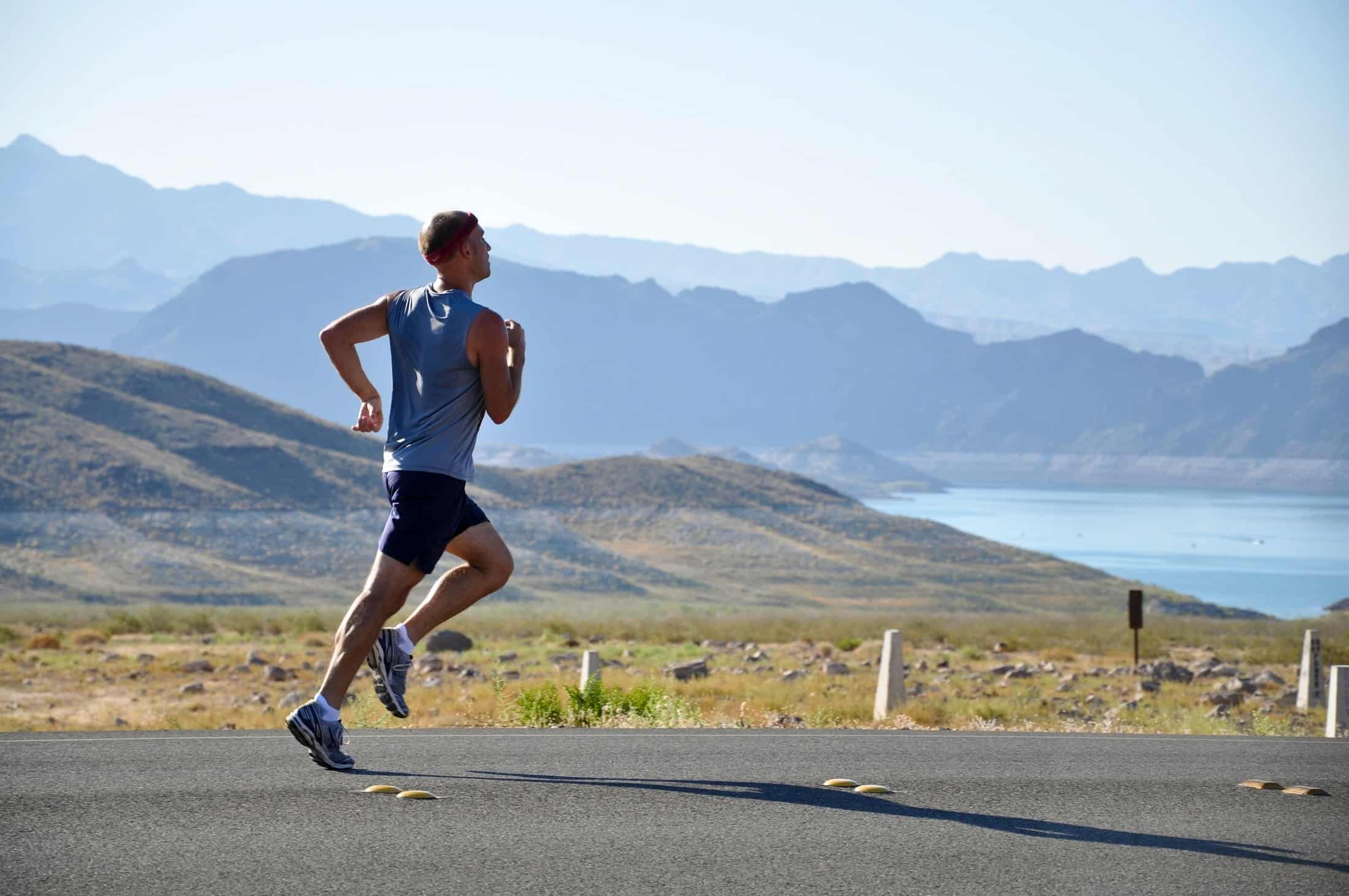Knee pain does not discriminate when it comes to who it attacks. I’ve seen children as young as 14 with knee pain up to ages 65 and beyond. Of course, when it comes to knee pain we typically think of more mature adults but the reality is people of all ages get it. The question is, why do people who don’t have arthritis get knee pain?
The answer I am about to give you will probably be a surprise to most who read this blog post simply because you have your own hypotheses or you have been to a healthcare professional who has diagnosed you with something pretty insidious. The reality is this – loads of people who have knee pain who come to see me have weak hips. That’s it. Weak hips lead to painful knees.
How can this be? Your hips are your foundation. If that foundation isn’t solid, bad things can happen. In the case of having one or both hips with less than adequate strength, you start to put increased and unbalanced forces through your knees. Multiply those forces by the thousands of times you walk on that knee each day and PRESTO you have knee pain.
Let’s take this a step further and talk about how weak hips affect your knees when you squat. Before I go any further, do me a favor and squat in front of a mirror facing it straight on. Better yet, have someone record your squat with your phone so you can’t watch your technique a few times. All finished? Upon reviewing your footage did you see your knees collapse towards mid line when you squatted down? If your answer was yes, you have either:
- Weak hips
- Poor technique
- All of the above
If your knees are collapsing in with your squat, chances are pretty good you have weak hips. This is the most likely cause of your knee pain when you squat. The good news is, once you get those hips working harder, your knee pain should clear up pretty quickly. Now, it should be noted, this is not a panacea for knee pain. It just so happens to help a lot of people and hopefully you are one of them.
There are a ton of different hip strengthening exercises out there. You can literally just Google it or Youtube it. That being said, I will share my favorite technique for simultaneously improving your squat technique and hip strength. To do this you need some form of a thera-band that can wrap around your knees and give your resistance while you squat. You will set up your squat with your feet shoulder’s width apart, toes pointing out slightly. You will have the thera-band wrapped just above your knees. When you squat down, your knees should travel over your feet, not towards each other. When you come back up, your knees need to follow that same pathway. You should find that squatting with this technique, using the thera-band, should allow you to squat without the pain usually associated with this movement. If you can’t squat all the way down at first, no worries. Squat through the pain-free range. As you continue to increase your hip strength, you should notice an improvement in squat depth.
As always, if you have any questions about what is causing your knee pain, don’t hesitate to call my office directly at 479-402-9400 or email me at [email protected].



